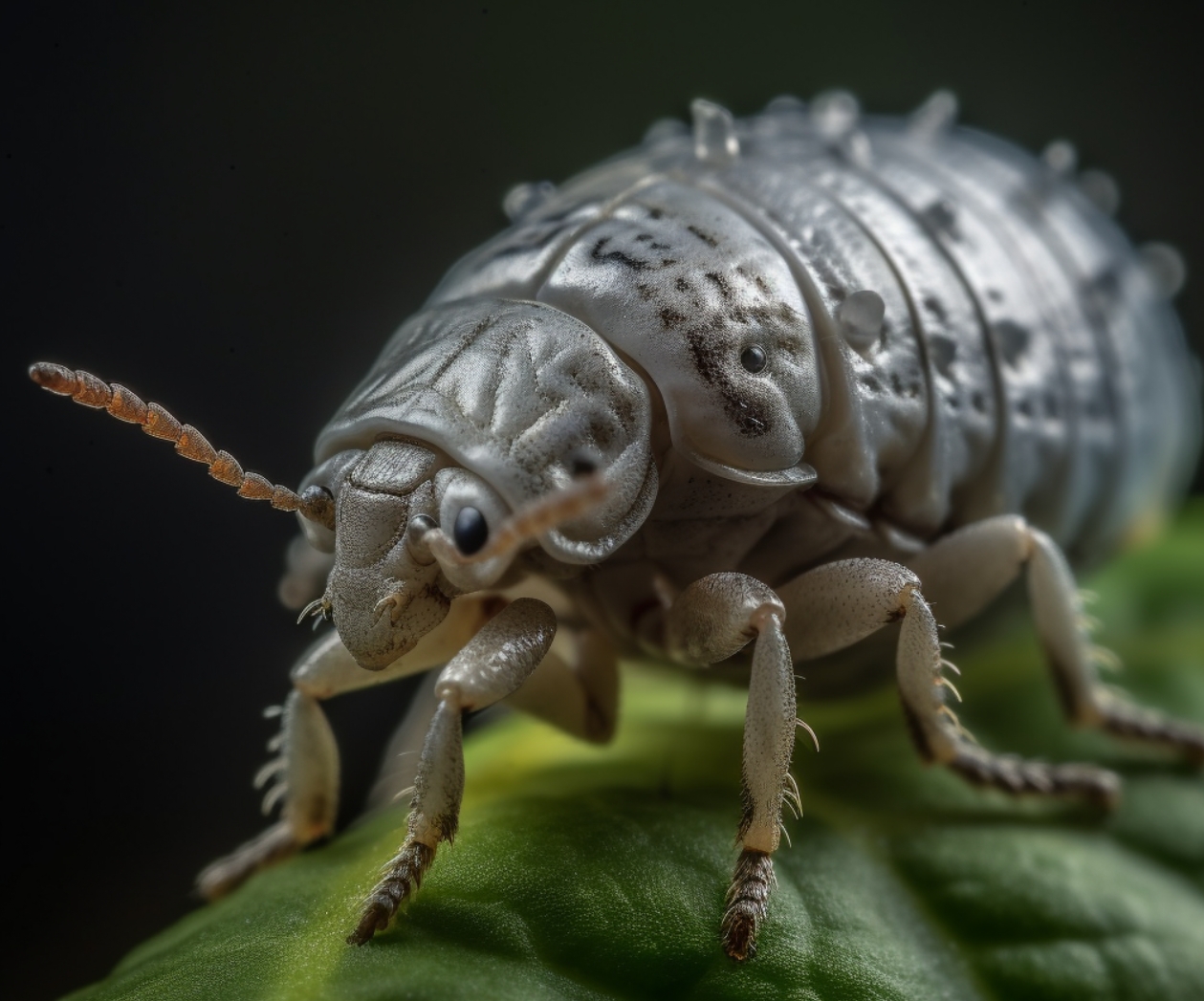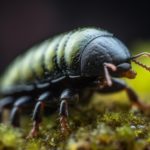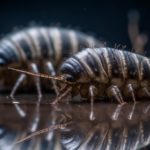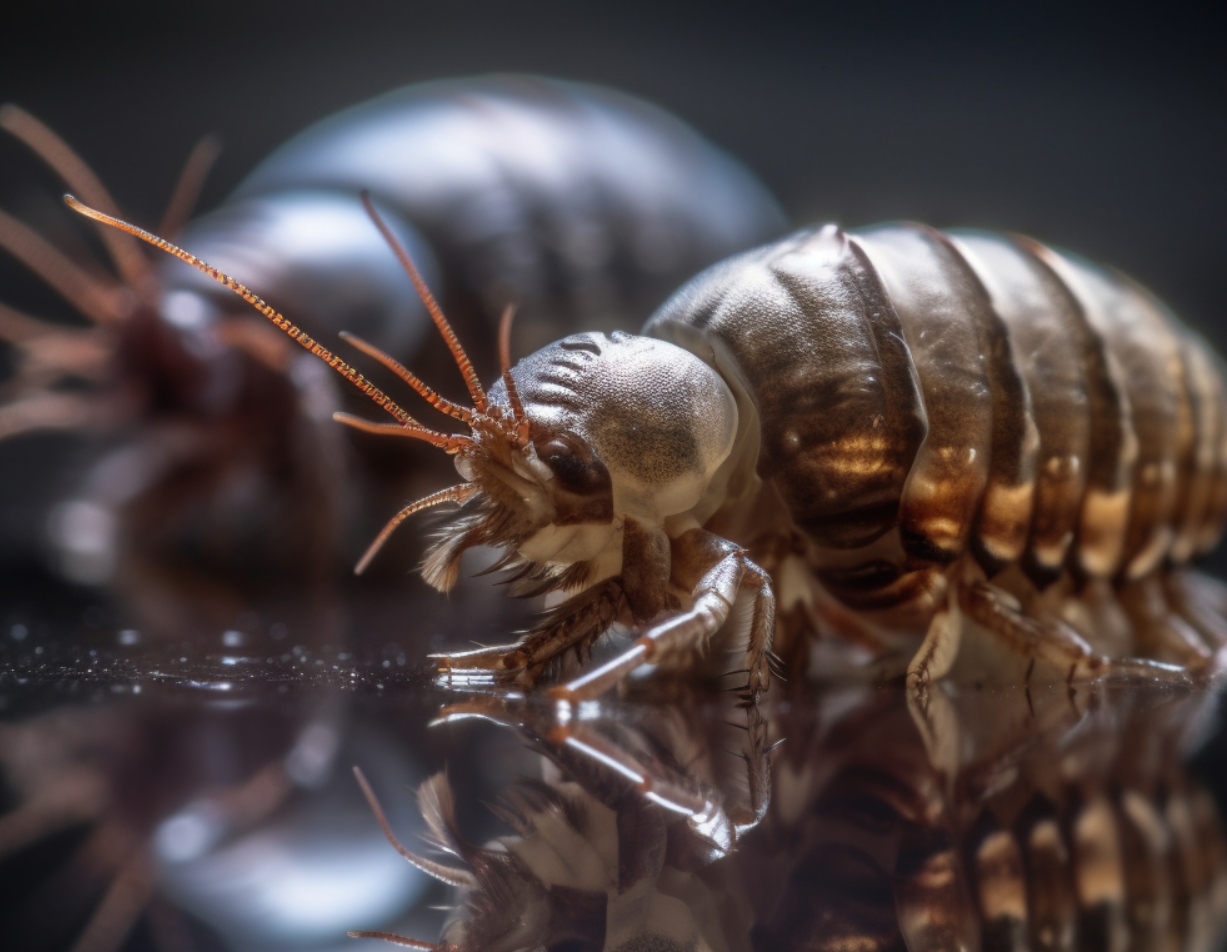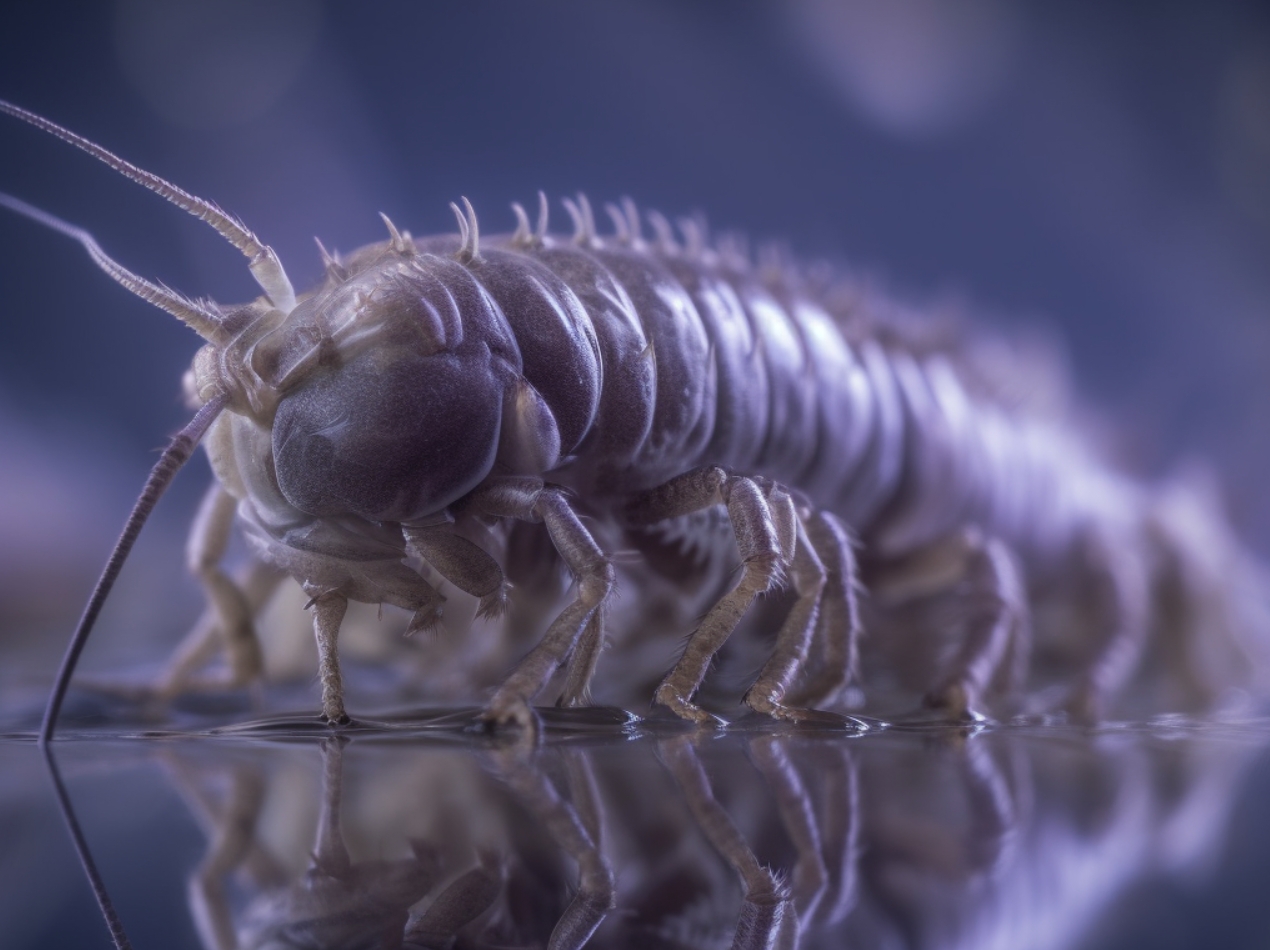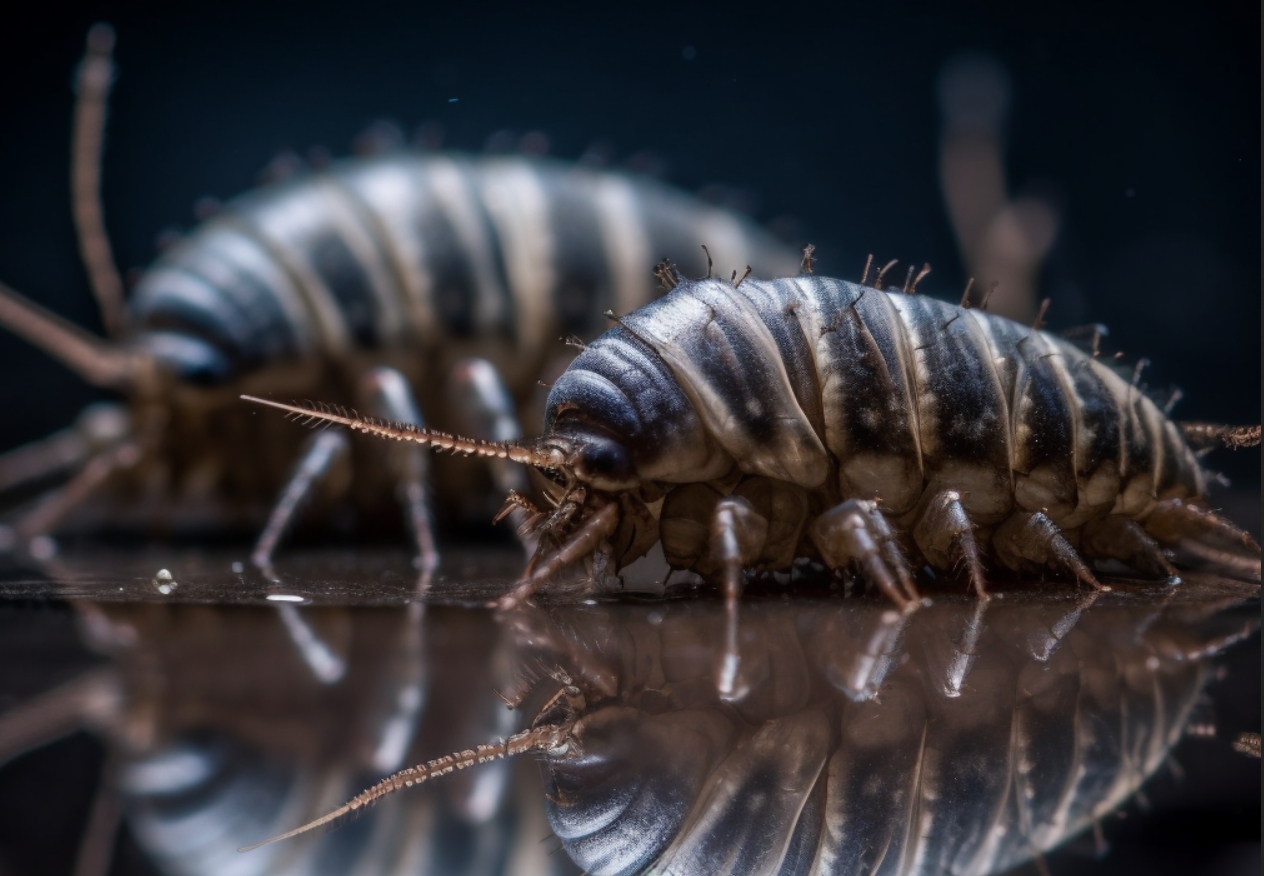Ah, woodlice, these little creatures may be found lurking in the damp corners of your home, garden, or shed. While they may not be the most endearing of insects, they have a fascinating biology that’s worth exploring. In this comprehensive article, we’ll delve into the world of woodlice, including their species, reproduction, and lifecycle. So, sit back, relax, and get ready to learn all about these fascinating crustaceans.
How Many Species of Woodlice Are There?
Contents
There’s more to woodlice than meets the eye. In fact, there are over 3,600 species of woodlice worldwide! With so many varieties, it’s no wonder these critters can be found in different habitats and environments.
In the United States alone, there are more than 100 species of woodlice. Some of the most common species include the common pill bug (Armadillidium vulgare), the rough woodlouse (Porcellio scaber), and the common shiny woodlouse (Oniscus asellus).
The Fascinating World of Woodlice Reproduction
How Do Woodlice Reproduce?
Woodlice reproduce sexually, with males and females required for successful reproduction. The reproductive process begins with courtship, where the male woodlouse locates and courts a receptive female. This involves a complex dance-like behavior, where the male taps the female with his antennae and walks around her.
Once the female accepts the male’s advances, mating occurs. The male woodlouse transfers sperm to the female using a specialized organ called a spermatophore. After mating, the female carries the fertilized eggs in a brood pouch, also known as a marsupium, located on the underside of her body.
How Many Eggs Do Woodlice Lay and What Do They Look Like?
The number of eggs a female woodlouse lays depends on her species, age, and size. Typically, woodlice lay between 10 and 200 eggs in one brood. The eggs are small, round, and translucent, often appearing white or pale yellow in color.
The female woodlouse carries her eggs in the brood pouch until they hatch. During this period, she provides protection and nourishment for the developing embryos. The eggs usually hatch within a few weeks, depending on the species and environmental conditions.
The Woodlice Lifecycle: A Journey from Egg to Adult
Woodlice undergo a unique and intriguing lifecycle, which we’ll explore in detail below.
1. Hatching and First Instar
After hatching, young woodlice are known as mancae, and they closely resemble miniature adults. At this stage, they have fewer body segments and legs than the fully-grown woodlice. The mancae remain in the safety of the mother’s marsupium for a few days before venturing out into the world.
2. Growth and Molting
As woodlice grow, they go through a series of molts. Each molt involves shedding their exoskeleton and growing a new one. This process is called ecdysis.
Woodlice molt in two stages: first, they shed the rear half of their exoskeleton, and then the front half. This unique two-part molting process allows woodlice to continue moving and feeding during molting.
Each molt is followed by a brief period of rapid growth, as the soft, new exoskeleton hardens and takes on its characteristic color. Woodlice typically go through four to five molts before reaching maturity.
3. Maturity and Reproduction
Once woodlice have reached adulthood, they are ready to reproduce. Depending on the species, this can occur as early as two to three months of age. Adult woodlice continue to molt throughout their lives, albeit at a slower rate than during their earlier developmental stages.
As mentioned earlier, the reproduction process involves courtship, mating, and the female carrying fertilized eggs in her marsupium. Once the eggs hatch and the mancae leave the brood pouch, the cycle begins anew, continuing the lifecycle of the woodlice.
Woodlice Control and Preferences
Now that we’ve explored the fascinating world of woodlice species, reproduction, and lifecycle, let’s take a closer look at their preferences and some methods of control.
Woodlice Preferences
Woodlice prefer damp, dark, and cool environments, as they lose moisture quickly and need to stay hydrated to survive. This is why you’ll often find them under logs, stones, or leaf litter, as well as in basements, crawlspaces, and damp corners of homes.
These critters primarily feed on decaying plant matter, making them important decomposers in the ecosystem. However, some species may occasionally feed on living plants, which can become problematic for gardeners.
Woodlice Control Measures
If you’re experiencing a woodlice infestation in your home or garden, there are several measures you can take to control their population. Some effective methods include:
- Remove their hiding spots: Clear away any debris, such as leaves, stones, or logs, where woodlice may be hiding.
- Control moisture: Repair any leaks, improve ventilation, and use dehumidifiers to reduce dampness in your home. In the garden, ensure proper drainage to prevent standing water.
- Physical barriers: Seal any cracks and crevices in your home’s foundation to prevent woodlice from entering.
- Chemical control: If the infestation persists, consider using a woodlice killer specifically formulated to target these pests. Always follow the manufacturer’s instructions and safety precautions.
In Conclusion
Woodlice are fascinating creatures with an intriguing biology that makes them stand out in the world of insects. From their unique reproductive process to their important role as decomposers, there’s no denying that these critters deserve our attention and respect.
By understanding the woodlice species, reproduction, and lifecycle, as well as their preferences and control measures, we can better appreciate their place in our ecosystem and manage any issues that may arise from their presence. So, the next time you encounter a woodlouse scurrying away in your garden or basement, take a moment to appreciate the complex world of these tiny crustaceans.
